First Quarter: Choosing spring seeds
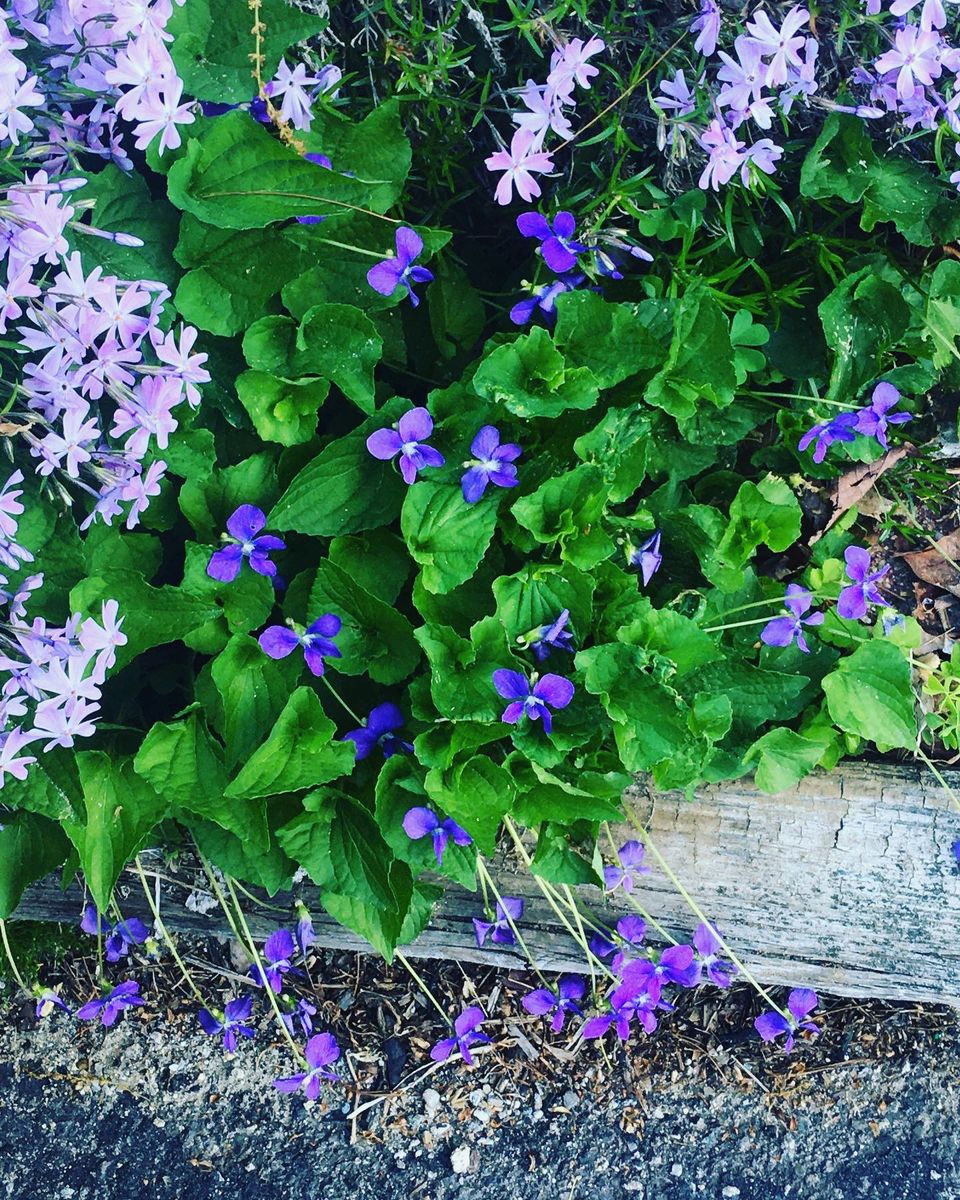
It's Friday. Hello. This week, I think more than I've really yet achieved here, I have thoughts that are far less directional, far less philosophical; and I've said that before, but more as an aspiration than as a fact. When I began writing this newsletter, I wanted to meditate, celebrate, and contemplate, and not to "teach people," because I harbor significant dread around giving people unsolicited life advice under the auspices of "just having some thoughts" — and that dread only increases with my choice to ask people for money for some posts. If I really knew all the answers to the universe's mysteries and sorrows, the only ethical way to share them would be to share them freely. What I really mean to write here are ideas, abstractions, atmosphere, things that are half story and half mantra. But I also knew I wanted to establish the reasons why I have these ideas or why I see them all fitting together week after week, and I knew it would take several months of posts to lay such reasons out; what I did not know was exactly how didactic my writing would get in the process.
Now it's time, truly and seriously, for me to walk forward. My mind functions so mechanistically — so theoretically — about some things that there will still be plenty of occasions where I feel obliged to structure and assert a very clear thesis, or explain information that doesn't speak for itself; but these are the pieces of work needed to keep the ship sailing safely and on course, not the work just to cast off from the dock. And I might use the stars to steer by, but now I can admire their beauty and tell tales about them.
So. We're a few days past the moon's first quarter. With all the First Quarter posts I've written so far, especially with those that have touched on hedgecraft (or on homesteading), here is where my mind lies this morning: on this growing season's gardening plans.
Scarcity
My house is situated in an area usually classified by the US Department of Agriculture as "hardiness zone 5b," although there are some pockets of zone 6a as well, and we have such a sunny, south-facing plot of garden-worthy land that I think we usually have to worry less about some plants getting enough light or warmth than we have to worry about some getting too much, particularly as each summer grows warmer than the last. However, this is splitting hairs; whether in 5b or 6a, at this stage of the eco crisis we still face our first frost as early as the end of September, and our last frost comes as late as the end of April. We're not dealing with tundra-like conditions, hardly, but compared to friends living closer to the sea, or at the same latitude but over on the West Coast, our growing season is short.
We also face the regional challenge of soil riddled with rocks from ancient glacial deposits, and the pH leans acidic. On our particular plot, the soil is sandy, eroding, except in the actual garden beds that have had years of plants and mycorrhizae and invertebrates nourishing the earth there; so I lean toward adding more raised beds over time until we can sufficiently heal the so-called lawn. You can undoubtedly grow many things here, but I've only been gardening for a few years and I feel like the learning curve is steep for even just "optimizing" the growth of flowers and herbs where I'm not looking for a really specific result. Growing tasty vegetables or fruits is something my owner and I have succeeded at before, but not with an abundance of produce. Strategies like actively liming the soil to raise the pH, or doing things to control nitrogen, etc., keep feeling beyond my current level of commitment. I first just want to be good at watering each plant the right amount, at the right time, in the right way — or taking the right plants indoors for the winter — or correctly anticipating stages like germination or bolting — or figuring out which plants thrive in this habitat without needing a lot of help, as long as they're not thriving invasively well either.
There are just only so many things to grow here without putting a lot more effort into the process. And at least that effort can often yield meaningful results, but my owner and I are both fledglings. What we can grow so far is scarce; much was already planted by the house's previous owner. We could also start some seeds indoors before winter's done, but we aren't yet settled enough here to configure a grow station anywhere, so right now all planting waits till the frosts are gone.
An additional challenge has also arisen this year, which is that although we've always lacked money to put useful amounts into savings or to spend on more than a few "projects" per year (whether those projects are necessities or just something we want), this particular spring we're suffering from a very bad convergence of winter utility bills eating up surplus money, plus an employer miscalculating income tax, the town raising our property tax, our internet bill going up, and my search for a new job still not succeeding. Come summer and lasting for an indeterminate amount of time, we're going to become almost flat broke outside of paying bills and keeping ourselves fed, as we originally expected to pay off a big lump-sum debt in June, but the money for that disappeared when my owner had to take a lower-paying job last spring, so when that debt comes due we have to add even more monthly payments on to the monthly debt pay-downs we already have. I'm glad we won't be at real risk of becoming unhoused or going to bed hungry, but it feels like until I do find something better paying than the grotesquely inadequate amount my current job gets me, things are determined to keep getting worse instead of better.
So for this spring planting season, we're not going to be able to spend much. Arguably we shouldn't spend anything and there shouldn't be any new garden features in 2023. I can't resist earmarking a very, very small amount just because gardening matters that much to me. But besides the direct problem of money, there is the indirect problem of mental health. The more stressed I am by our ongoing financial chaos, the less bandwidth I have for doing anything complicated or labor-intensive with the garden anyway.
There's just only so much I can do. I hurt thinking about it. In this imposed scarcity I have a lump in my throat to consider that if there's one thing capitalism kills better than anything else, it's dreams.
Dreams
I will give myself this kindness and demand that dreams still happen.
Here is the garden I would plant this year, or spread out over the next few years, if money and energy were no obstacles, if the only obstacle were raw time. Here is what I would grow, and why.
First, flowers and ornamental bushes. And of those, first the specimens that were planted by the person who lived here before — or at least the ones I would keep — and the flowers that have maybe found their way in by accident, and the flowers we've grown ourselves. There are three beds or general planting areas in front of the house, and in these we have creeping phlox, creeping as it does, and we have wild violets and wild pansies, and day lilies in several colors and presentations, and Queen Anne's lace, and prairie gayfeathers (also known as blazing stars or by the genus Liatris). We also have blue salvia, spike speedwell (genus Veronica), coneflowers (Echinacea), black-eyed Susans, a lonely snapdragon situation, a bit of creeping juniper, a few unidentified lichen-riddled shrubs, a tiny sculpted conifer of some kind, azaleas that grow blossoms in gorgeous white and red, and last summer some black nightshade showed up that I won't drive away if it comes back.[1] And with a little luck, maybe the anemones (windflowers) that we planted last year will have had their corms survive the winter to grow again. Around the south side of the house we have a handsome scotch pine in a bushy presentation, although it needs one limb removed due to creating an ice dam situation with our basement over the winter; and there's a rose bush that creates beautiful red blooms, whose surprising story I will have to tell some other time, and there are Siberian irises and more lilies; at the back of the house there's a forsythia bush, a nice non-azalea rhododendron, and some decorative ferns; and on the shady north side there's a lovely cedar bush. Lastly, there are dandelions, wood sorrel, goldenrod, and tiny, weird wildflowers all over the place, and we have milkweed and mullein that pop up here and there, and we don't discourage these; in fact I laid some milkweed seeds in the ground on purpose last autumn, and we collected mullein seeds to plant this spring too.
As long as we keep the rhododendron and the azaleas, we won't ever be able to start an apiary here, because bees love those flowers but would make toxic, potentially hallucination-producing honey from their nectar. But the white azalea in particular is so beautiful, I can't resist keeping it, and meanwhile helping local pollinators seems worthwhile; bumblebees, carpenter bees, butterflies, and hummingbirds all get something good out of these flowers. Planting more even more pollinator-friendly plants than all the ones listed above (there are a lot) is one of my greatest dreams. The specific species almost don't matter to me, as long as it helps such crucial animals.
But I do have some specifics in mind that may or may not have pollinator benefits. I want to plant many flowers and ornamental plants for seasonal ritual uses, as most of the ones that I use are not growing right around me yet. Some of these we planted successfully where we lived before, like marigolds. Right now we have a few daffodil bulbs that have finished blooming indoors and are waiting to be transplanted outside to see how they fare there. Likewise some pussy willows, although that's a comical story because for every Ostara I buy more pussy willow branches and have to plant them in pots or the ground when they start to grow roots in their vase, but once they're planted they either don't grow new catkins the next year, grow very few of them, or get eaten by deer. Other things to try one day would be quite new, like chrysanthemums, yew, holly, spring crocuses, hawthorn, sunflowers, daisies, and poppies. We did try poppies last year, but for undetermined reasons they didn't germinate.
I lastly want to grow some other flowers just because I like them a lot. We tried dahlias last year and they also didn't grow, which surprised me because the conditions were certainly hot and dry enough — but maybe they were too dry. I would also like the snapdragons that showed up to do a little better. I want to sow thousands of wildflowers in various places. I want to re-plant lilacs, which we tried last year; they were drought casualties.
The line between flower and herb is impossible to draw, but insofar as I tend to refer to the non-vegetable, non-fruit plants that I actually use in the kitchen (or might carefully use for medicine) as herbs, then there are all the herbs to consider. We already have a few we've successfully grown ourselves in our dedicated herb bed, either from seed or from transplants: thyme, mint, catnip, chives. Others that we've grown before might be repeated: dill, basil, oregano, parsley, summer savory. Some year, we will make lavender and sage happen properly, and we will grow rosemary again — our tiny one died two winters ago after we took a gamble on wintering it outdoors and learned our lesson. And then there are all the herbs we've never even tried, for which we would definitely need to build at least one more bed to contain. I'd love to have chervil, hyssop, lemon balm, mugwort, mustard, tarragon, wormwood, and yarrow.
And of course... cannabis.
Whether considered as flowers or herbs, I also dream of a poison garden — a small gated place, probably a greenhouse, to keep dangerous things, for the danger itself as much as for the beauty, and also for an ancient form of self-defense. Regular gardens contain their fair share of poisons where certain animals are concerned, including humans, and there are already some plants I've named that are growing free on our plot and are rather dangerous. But in the poison garden itself I would place and contain things that can most aggressively and notoriously harm us, like foxglove, belladonna, mandrake, lily of the valley, hemlock, pennyroyal, oleander. This is surely where a yew bush would go, for my dream of yew. If I had many acres available and wouldn't worry about some things growing out of control, I would grow wisteria and common ivy outside the poison garden too.
Next I dream of much more edible things: all the vegetables. There are a couple kinds we've grown before with low to middling success, like carrots and peas. I'd also like to try the Three Sisters together, corn and beans (I'd prefer black beans) and squash (I'd prefer butternut). The rest is simply a litany of assorted aspirations suitable to our climate and location. Beets, broccoli, brussels sprouts, cabbage, cauliflower, cucumber, garlic, kale, leeks, onions, peppers, potatoes, spinach, tomatoes. If possible, I'd grow enough sunflowers to harvest a good amount of seeds every year. If we were really subsistence farming, of course, I'd also want more grains than just corn, but even these are only garden dreams. Farm dreams are another matter.
One "vegetable" thing I'd enjoy in our garden, too, would be intentionally cultivating plants that are forageable elsewhere but don't seem to be here (or aren't growing in a very useful place to collect them). I'm curious about burdock, chickweed, and plantains[2] in this respect. I've nibbled a few plantain leaves in the past year and found them intriguingly nice. The same can also be said for wood sorrel, mentioned earlier, and sheep sorrel, which also grows in the flower beds already; but I'm not keen on sheep sorrel at this point, simply because it's so aggressive and impossible to effectively uproot. I just need to crowd it out.
And I want fruit.
I grew up with black raspberry bushes in the woods by my family's house, and my sibling and I would go out foraging for berries. Before the divorce, our mother would make jam with what we found. I want raspberries or blackberries again; we tried a couple young raspberry bushes last year and they too died in the drought, though not before rendering us two precious fruits. And another wild-growing fruit source that I'd like in my dream garden is an elder tree. I hadn't had elderberries until a little more than six months ago, when my owner and I discovered two dear friends had an elder growing far, far back in a swampy part of the woods where they live; while visiting, we hiked a short distance and I ate a few berries raw, which I later learned you're not really supposed to do, but it was just a few and I didn't feel sick. They were delicious in any case.
Of course, unlike raspberries, blackberries, or some other berries, things like the elder take a while to grow and bear their fruit, and so would a lot of other fruit sources I dream of. I'd like an apple tree, a pear tree, a cherry tree, and some other kind of drupe, whether peach, nectarine, or plum. I'd like a small lemon tree to take outdoors in summer and winter indoors. If we were already growing hawthorn for ritual purposes, I'd also like to collect the haws in autumn. This year I need to remember to try and collect our roses' hips.
All told, there are many things to fit into the garden of my dreams, and I would like to give everything enough space, but not too much. I'm not imagining a stately, geometrically perfect, highly manicured thing. I want things packed close enough that mulch is only needed for winter insulation, not for aesthetics. I want everything to spill and run everywhere, to be just a little unruly. I want to leave it unclear whether some plants are intentional or just happy coincidences. I want to have places where I can easily walk through and work, or sit down and enjoy, but I don't want to leave much more open grass than strictly necessary.
I dream of sweet air, and dripping greenery, and gazing balls and statues of toads and fairies, and a better place for the standing sundial we inherited from the house's last resident. I dream of bees floating in the sunlight and I dream of mushrooms and moss in the shade. I dream of feeding ourselves from this place, not completely but substantially. I dream of having something good to do here for a few minutes every day, except in winter — or maybe even in winter if there were a couple greenhouses.
If, if, if.
Humility
My dreams are honest, but the pain of not fulfilling them is more complex. In writing everything out like this, I feel an instinct toward performance, a cultivated abundance of words surrounding both what I already have and what I think I ought to have. When looking at gardening resources, whether blogs or catalogues, it's hard to draw the line between inspiration and imitation, and thus I have to contend with envy. It always feels just a little unfair that I can have so many dreams of a perfect garden, but they will almost certainly never be achieved in the way that people who have more money, more time, and nice photography equipment manage to capture or describe their own gardens. Even if I ever get more money and more time, gardening — while very important — is simply not enough of a priority for me to devote the amount of care to it that a truly passionate gardener will dedicate.
This problem has existed for all of human history, but the comparative, competitive aspects of social media heighten it, I think. People now will say, "My ADHD makes it so hard not to pick up ten new hobbies, one after the next, and then abandon each of them before I've gotten very far," but while I'm sure ADHD can factor in for people who have it, I don't see that as the whole story. I wouldn't discount the influence of being regularly inundated by images and writeups by practitioners of x pastime. How many of us look at other people doing incredible things and feel like we should also be doing incredible things? And aha, here they document exactly how to do those things, so you can become more like them and do those things too.
My flavor of autism reins me in from idly trying a whole bunch of new things, because I'm always afraid it won't pay off, but I'm a polymath for sure; I know I am good at many things, and there are too many of those things to commit to all of them at the same time, and there have also been material circumstances that have interfered with pursuing some things, so my life is littered with careers and hobbies I could have followed if things were just right but that now lie by the wayside, and though I'm maybe a master of a few things, I'm a jack of way too many others. And I am still solidly in jack territory for gardening. The envy wrought by social media, though, and the older style of envy within non-digital social relations — they can press around me, demand that I pass myself off as some kind of gardening expert, because of so many other experts... and "experts."
Well, I'm not one of those.
And I don't actually need my dream garden. Because although I believe in the dream, and although the dream is beautiful, it's a dream for the best of all possible worlds. I can be upset that capitalism denies me this, but I would also be very happy if I could just have a decent, serviceable garden, not an ideal one.
So here is what I'm hoping to plant just this year. Not looking ahead, not making any serious, enormous plans. This is "one day at a time" thinking. One season at a time thinking. There is no garden that is too small to be lovely. There is no garden that is too humble to show merit.
For flowers this growing season, besides keeping what we have I want to see if poppies and dahlias will work. And I want sunflowers.
For herbs, I want to add basil, dill, sage, tarragon, and lemon balm. Combined with our existing herbs, this would be a huge leap forward on its own.
For vegetables, I first want a good big bed, or a couple of small ones, because right now there's nothing. Then my actual planting goals are just tomatoes and carrots to start, maybe adding peas for a fall harvest, and then in the fall I would plant garlic to have next spring.
For fruits, I'm not sure, but I know my owner wants to try the raspberries again, and I think we probably will.
If that's all I can manage this growing season, then so be it. It will be right. And it will be rite.
[1] Black nightshade is not to be confused with deadly nightshade. On this continent, black nightshade species are basically this or this. You can distinguish it from deadly nightshade (Atropa belladonna) by how black nightshade's berries grow in clusters instead of the deadly kind's single-hanging fruits. And as black nightshade is in the Solanum genus, it's actually more closely related to tomatoes and potatoes than to belladonna. In fact, I've learned from experienced foragers that you can eat black nightshade as long as the berries are ripe (when unripe and therefore green, they still contain toxic alkaloids). Of course, don't eat any kind of nightshade when you are not absolutely certain about its species — this goes not just for belladonna's lookalikes but for anything recognizably in the nightshade family that's not a common human-eaten crop, as for instance jimsonweed (Datura species) is also a nightshade. I didn't try any black nightshade berries last summer because it was too much of a mindfuck, even though I'm absolutely certain it was a safe species.
[2] Not the cooking banana, but these little friends. Bear in mind they're not native to this continent, even though they're everywhere; and so some indigenous folks call them "white man's footprint."
Thanks for reading. If you are a fellow gardener, I'd certainly love to talk one-on-one about our garden plans for this year, too. If you're not a gardener, I hope that you still got something out of this. Either way, it will be another gardening-adjacent topic next week, as I turn to lunar magic and various ideas (and in my opinion misconceptions) that people have about the moon, some of which apply to agriculture, though many other aspects will be considered too. The moon is a major, major part of my ritual life, and of course it governs the theming of these weekly posts, so I'm very excited to finally look at the moon directly in Salt for the Eclipse.
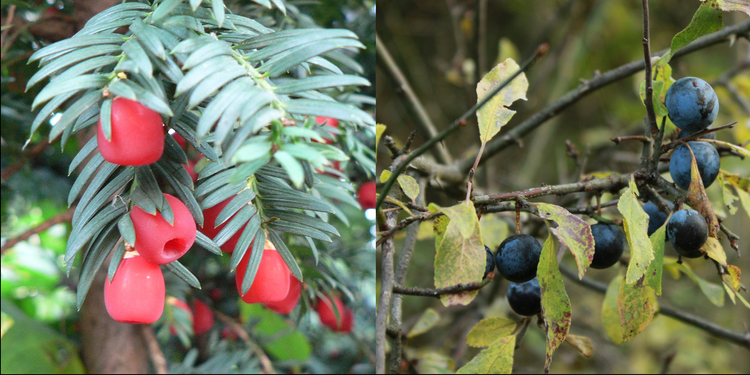
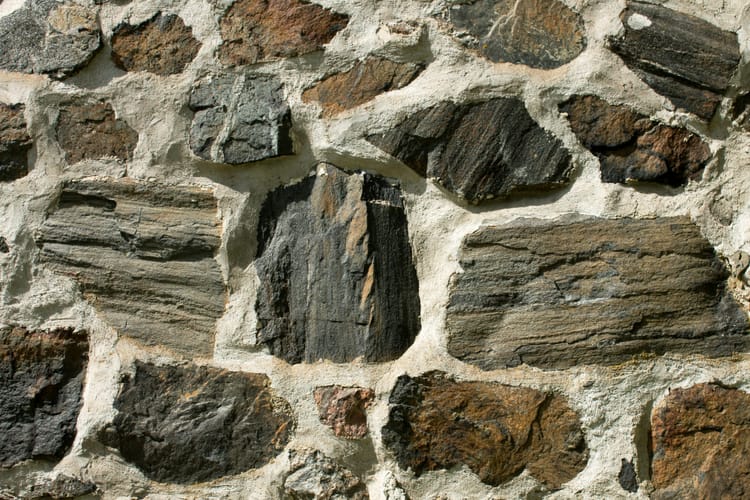
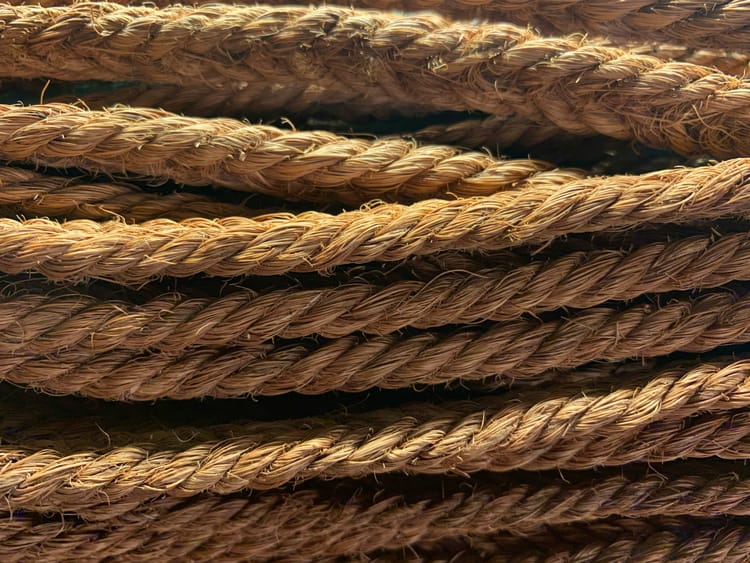
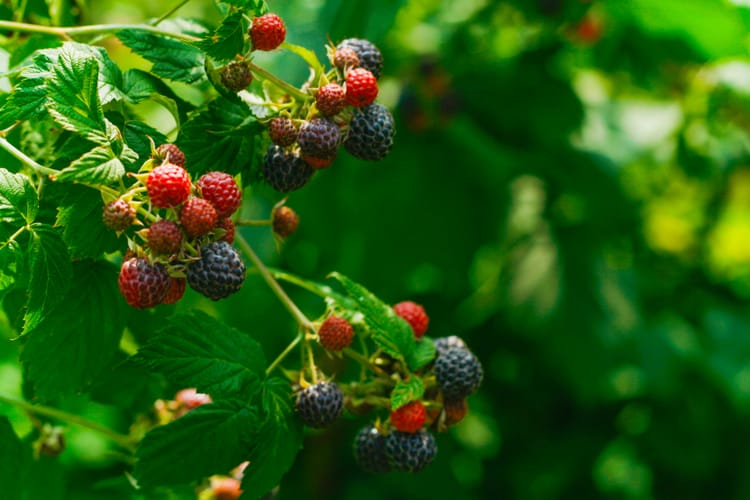
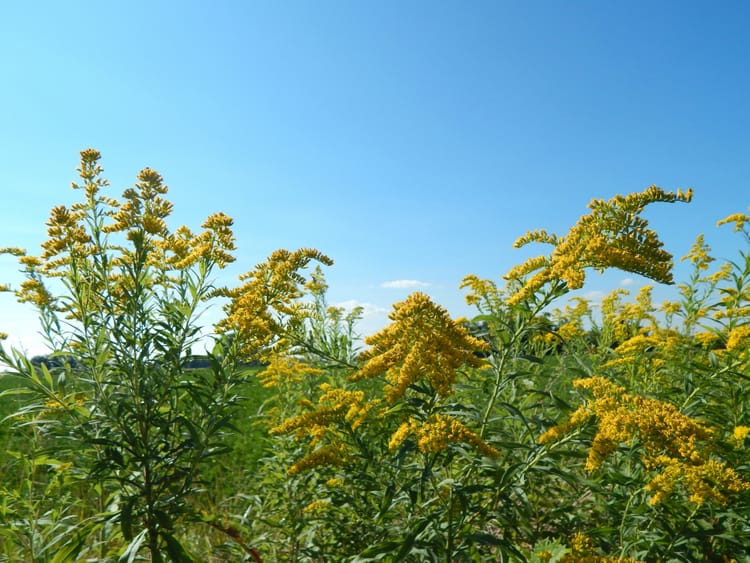
Member discussion